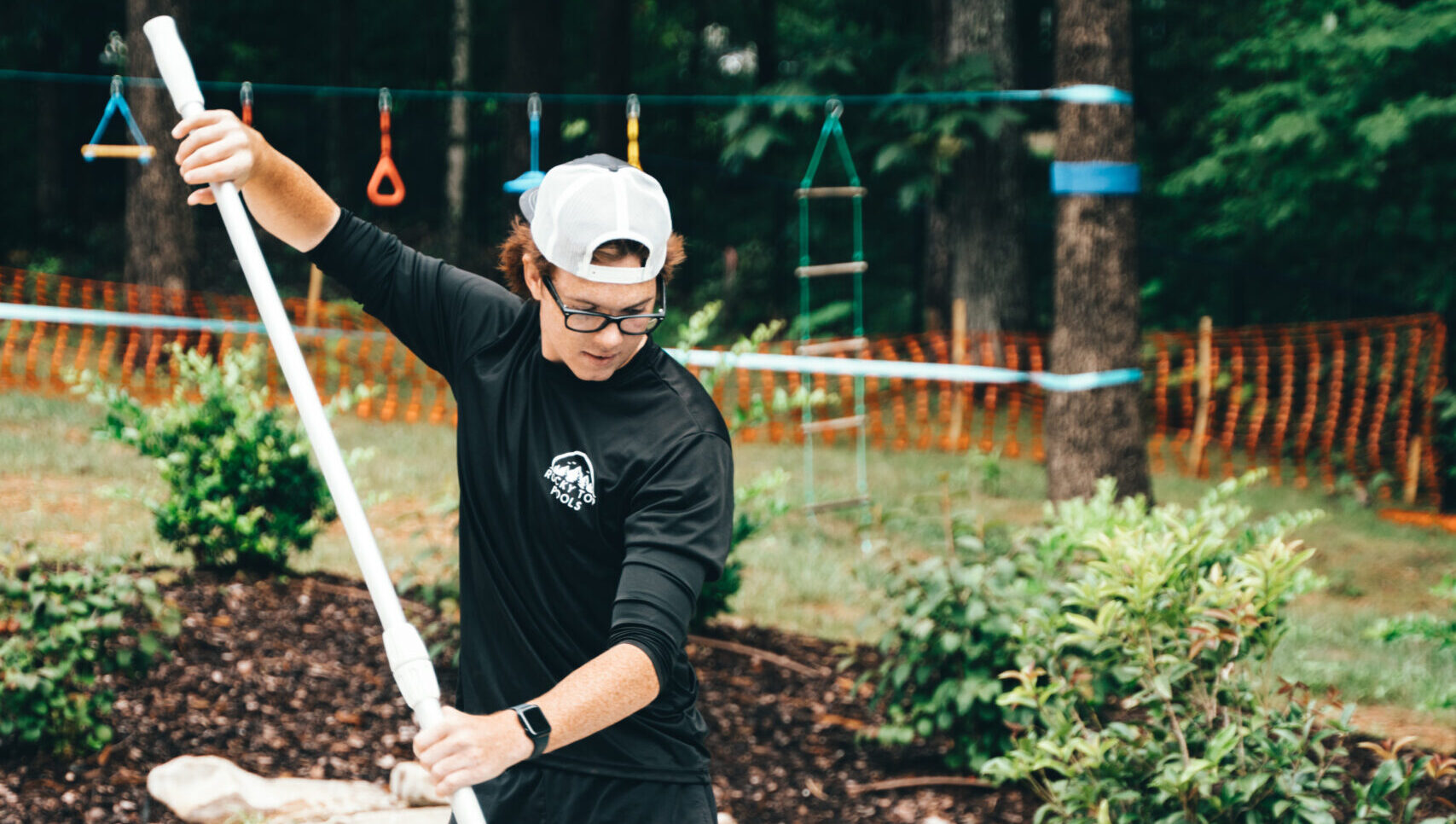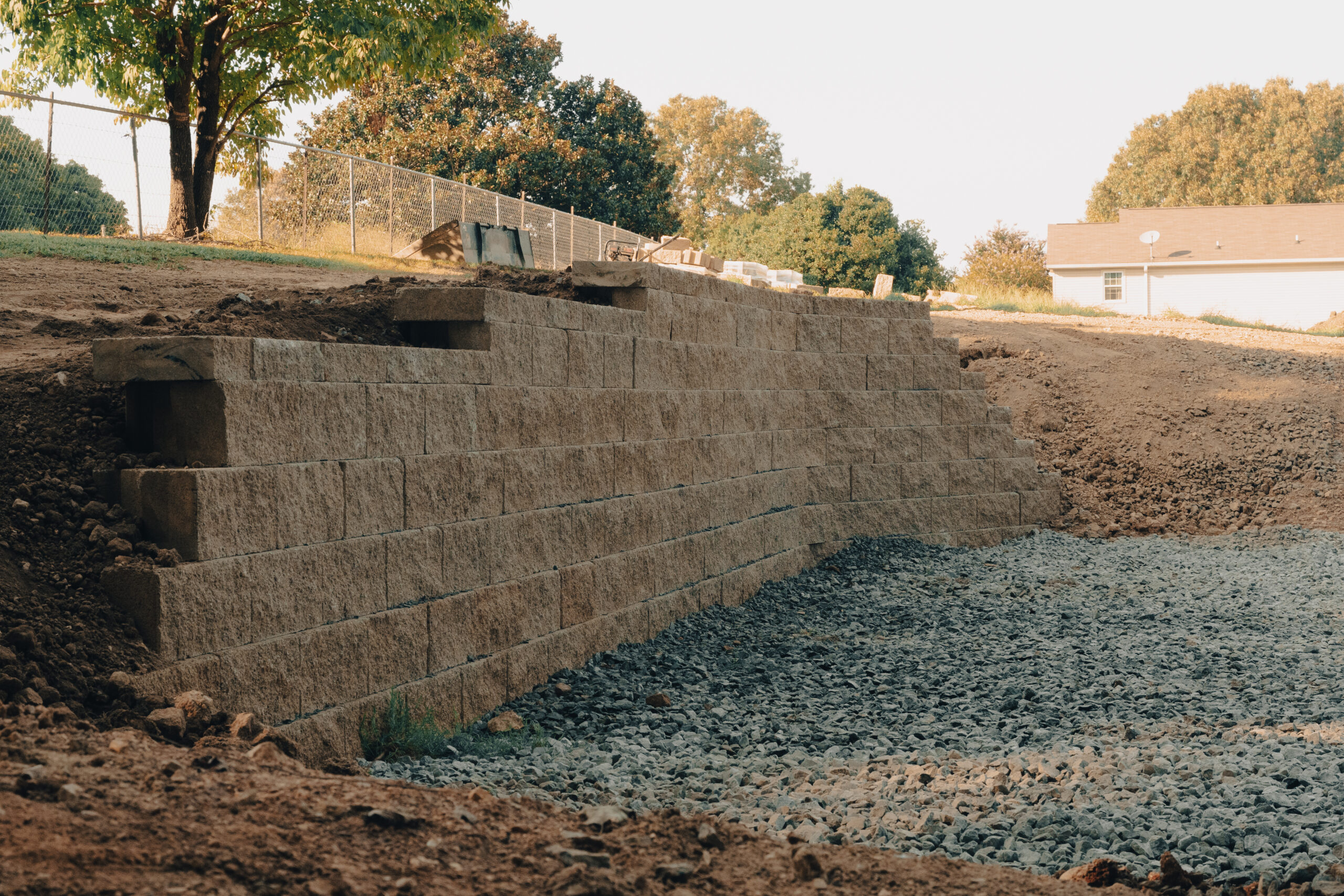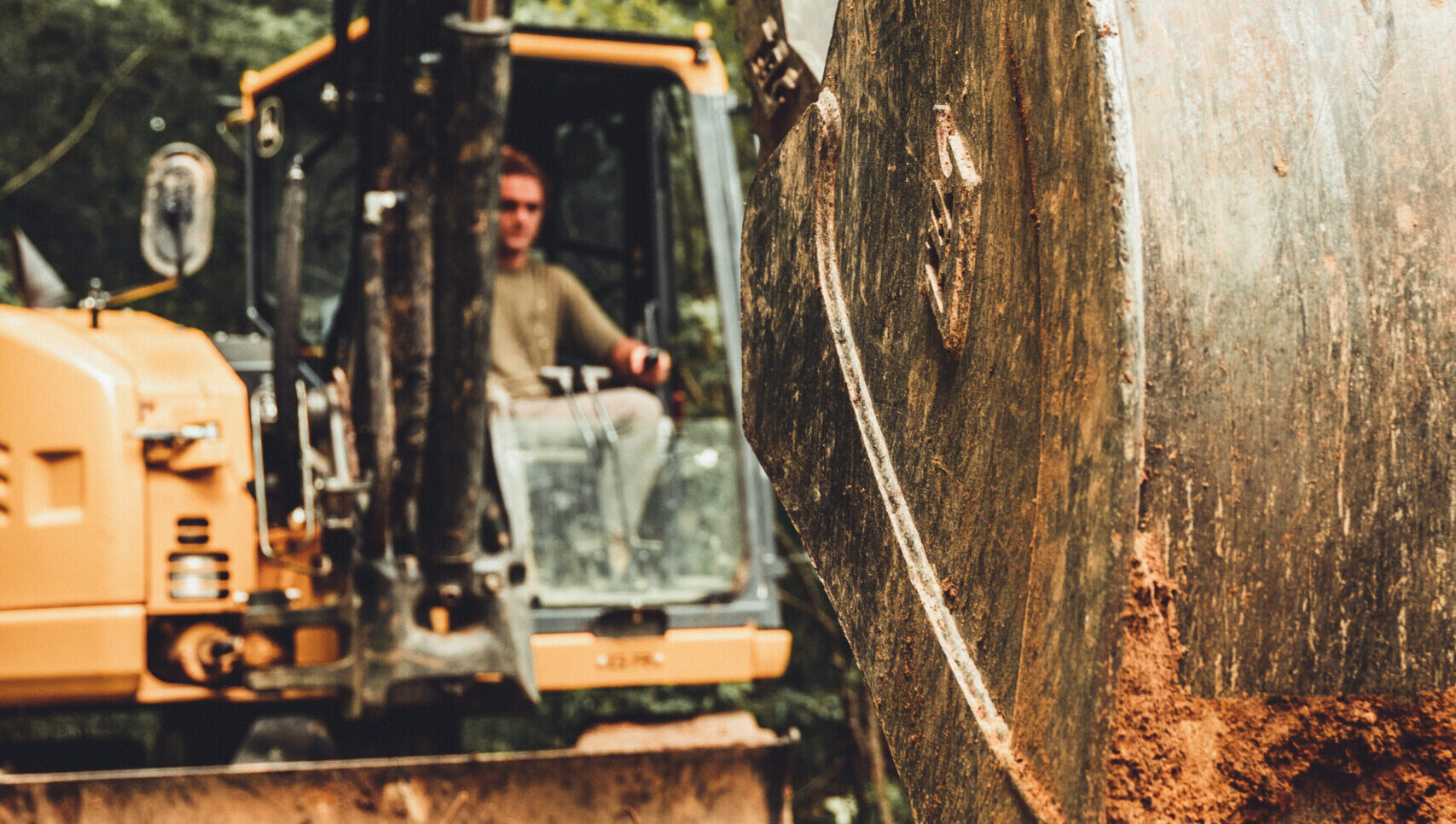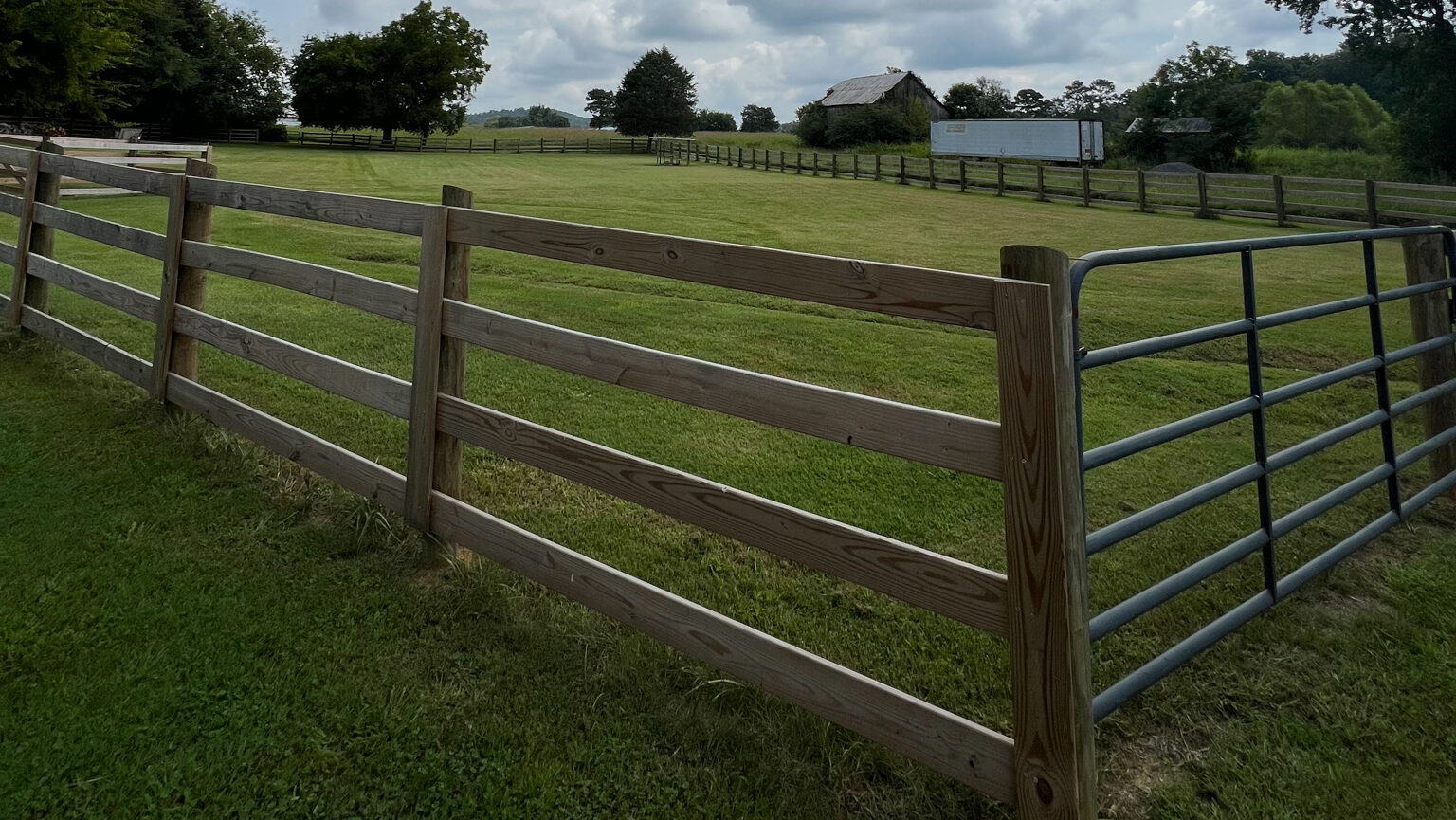A septic system is a method of wastewater treatment that is commonly used in areas that are not connected to a municipal sewage system. The basic components of a septic system include a septic tank, a drain field, and a soil layer.
The septic tank is a large underground container that is designed to separate solids and liquids. The solids settle to the bottom of the tank, where they form a layer of sludge, while the liquids, known as effluent, flow out of the tank and into the drain field. The drain field, also known as a leach field, is a series of underground trenches or beds that are filled with gravel or other types of rock. The effluent flows through the drain field and is absorbed into the soil, where it is further treated and purified.
One of the key benefits of a septic system is that it is relatively low-maintenance and can last for many years with proper care. However, it’s important to note that regular maintenance is required in order to ensure the proper functioning of the system. This includes having the septic tank pumped out every few years and regularly inspecting the drain field for any signs of clogging or damage.
Another important aspect of septic systems is that they rely on the natural processes of the soil to purify the effluent. This means that the soil layer must be able to properly filter and treat the wastewater before it is released back into the environment. If the soil is not able to do this, the system may not function properly, and it may be necessary to install additional treatment methods, such as a sand filter or a mound system.
When installing a septic system, it’s important to work with a professional septic contractor to ensure that the system is properly designed, installed, and maintained. This includes obtaining all necessary permits and inspections, and following local codes and regulations.
It’s also important to be mindful of the surrounding environment and the potential impact of the septic system on the water table and nearby bodies of water. This is why it is important to have a proper site evaluation done by a professional before installing a septic system.
When it comes to septic tank design and size, it’s important to choose a tank that is large enough to accommodate the anticipated waste water flow. Also, it’s important to choose a tank made of durable materials, such as concrete or plastic, that can withstand the weight of the soil above it.
It’s also important to note that certain types of waste, such as grease, oil, and chemicals, should not be disposed of in a septic system as they can damage the system and the environment. Additionally, it’s important to avoid overusing water, as this can lead to overloading the septic system, which can cause backups, leaks, and other problems.
In conclusion, septic systems are a common method of wastewater treatment in areas that are not connected to a municipal sewage system. They rely on the natural processes of the soil to purify the effluent and require regular maintenance to ensure proper functioning. Proper site evaluation, design, installation, and maintenance is key to ensure the longevity and proper function of the system. It’s also important to be mindful of the surrounding environment and to avoid disposing of certain types of waste.
How often should I have my septic tank pumped? A septic tank should be pumped out every 3-5 years, depending on the size of the tank and the amount of wastewater it receives.
What are the signs of a failing septic system? Some signs of a failing septic system include slow draining sinks and toilets, frequent backups, and a strong odor near the drain field.
Can I plant trees and shrubs near my septic system? It is generally not recommended to plant trees and shrubs near a septic system as their roots can damage the tank and the drain field.
What should I not put down the drains in my home if I have a septic system? Avoid disposing of items such as cooking grease, oil, chemicals, and paper towels in the drains of your home if you have a septic system.
How can I tell if my septic system is not working properly? If you notice any signs of a failing septic system, such as slow draining sinks and toilets, frequent backups, or a strong odor near the drain field, it is likely that your septic system is not working properly.
Can I install a septic system myself? It is generally not recommended to install a septic system yourself as it requires professional expertise and knowledge of local codes and regulations.
What can I do to take care of my septic system? To take care of your septic system, be mindful of the amount of water you use, avoid disposing of certain types of waste, and have your tank pumped out every 3-5 years.
Can I connect my new addition to my existing septic system? It depends on the size of your existing system and the amount of water it receives. A professional septic contractor will be able to evaluate your system and determine if it is possible to connect your new addition to your existing septic system.
How long do septic systems last? Properly designed, installed, and maintained septic systems can last for many years, with a lifespan of around 25-30 years.
Is it necessary to have regular inspections on my septic system? Regular inspections are important to ensure that your septic system is functioning properly and to identify any potential problems before they become serious.
Whether it’s an installing a brand new septic system, replacing an old septic system or maintenance on your existing septic, Rocky Top Excavation can handle it. Building a house? Adding on? There are many possibilities for septic systems. Give us a call at (423) 284-7747 to learn more about Septic installation or repair.
How to build a Septic System
Types of Septic System
Cost of a Septic System
Septic System design ideas
Septic System drainage solutions
Septic System repair and maintenance
Septic System landscaping ideas
Septic System codes and regulations
Septic System contractors and builders
Septic System Chattanooga







